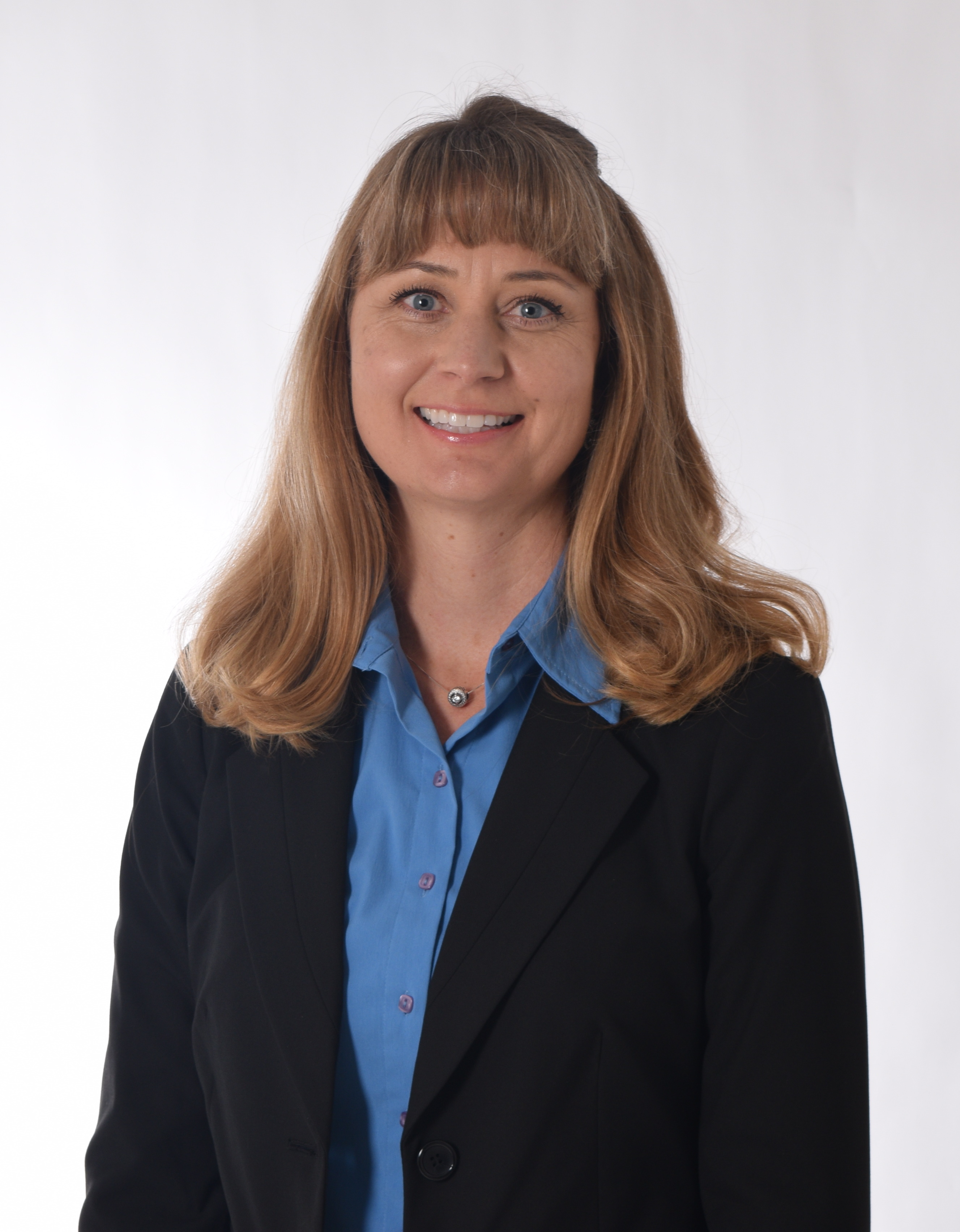Safety and Security
What makes a classroom safe and secure? Research tells us that students need to feel physically and emotionally safe to learn. A student that feels emotionally safe and supported will take risks academically; for a student who has experienced trauma, establishing security in the classroom is absolutely crucial. Physical safety plays apart; school policies and procedures should be in place to ensure a student’s physical safety. Just as important, a school should also emphasize a student’s emotional and social safety. Teachers can create classroom environments that establish safety and support for all students.
Creating a classroom that is safe and secure looks different depending on the teacher and their students. Creating a supportive and safe space should feel authentic to you.
There are highly recommended trauma-informed strategies that can serve as suggestions for teachers to benefit all students:
- Daily routines that are consistent and predictable create a sense of security for students who might have experienced previous and ongoing chaos and unpredictability.
- Teachers who regulate their own emotions is a model for their students on how to manage stress. Incorporating activities centered on mindfulness and deep breathing further teaches your students self regulation. A classroom where teachers and students practice self-regulation helps build a safe and supportive foundation.
- A space designated for calming down and reflecting on an explosive behavior is a trauma-informed practice can contribute to classroom safety. Teachers teach students about the purpose of this space to further incorporate strategies to self-regulate.
- Planning for and discussing with your students any major changes to their schedule can mitigate any fear of uncertainty for students.
- In previous tips, you learned that students who have been traumatized experience dysregulated arousal. Becoming aware of what events throughout a school day can be overstimulating as well as knowing your student's specific triggers can help teachers prevent dysregulation. For example, a teacher may prepare a student ahead of time for a fire drill and create a detailed plan for the student when the drill occurs.
- Teachers can use sensory tools (i.e. fidgets, coloring, play dough, weighted blanket) to help calm students when they become triggered or overwhelmed.
- Teachers can create opportunities for students to not only build relationships with teachers and staff but with their classmates. Keep in mind that sometimes the classroom is the only place a student feels a sense of belonging.
- Safety and security in the classroom can come from students feeling understood and heard by the adults at their school. Spending a few extra minutes getting to know your student can be especially impactful for children and teens.
Take Action
Reflect on the list of trauma informed strategies that create safety and security in a classroom and the strategies that Barbara discussed in her experience. Have you used any of these strategies? What can you add to this?
